
Salad fixings
Always have pre-washed salad greens, cucumbers and chopped onions on hand.

Raw vegetables for snacking
Buy celery, carrots and a variety of coloured peppers weekly. Wash thoroughly, then cut into sticks and store in resealable plastic bags.
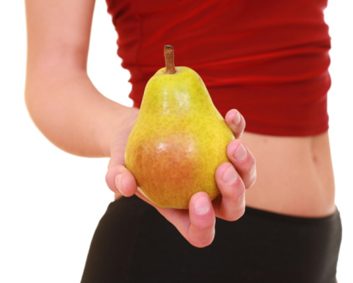
Variety of fresh fruit
Pears, for example, are one of the most fibre-rich fruits you can eat. One medium pear has 5 g of fibre, as long as you leave the skin on.
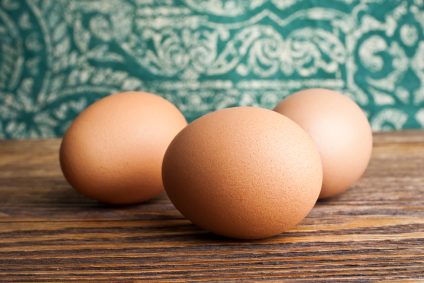
Eggs
A nutrient powerhouse, one egg has about 85 calories, with protein, B vitamins, vitamins A and D, zinc and iron. Eggs are good sources of omega-3s and antioxidants, too.

Milk
Milk can help build strong bones. Just be sure to choose skim or 1 percent milk to avoid the extra saturated fat.

Water
Always keep a nice, cold pitcher of fresh water in the fridge to stay hydrated. Try flavouring it with a slice of lemon or cucumber.
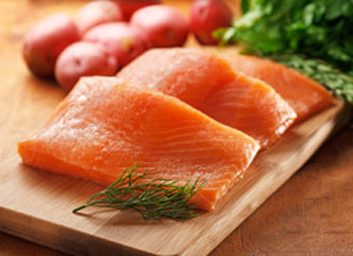
Salmon
Salmon is head-and-shoulders above any other fish when it comes to vitamin D and omega-3 fatty acids.
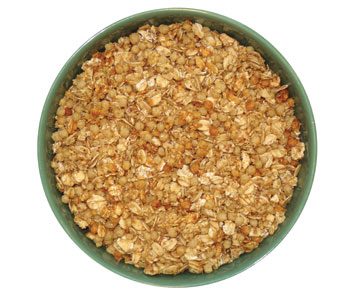
Ground flaxseed
One of the best sources of the plant version of omega-3s, it also contains lignans, a plant chemical similar to estrogen that is thought to protect against breast cancer. Grind it and sprinkle it on yogurt. Women don’t need a lot – just 1 to 2 tbsp a day.
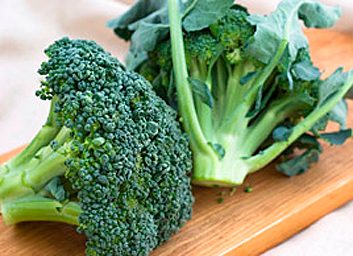
Fresh vegetables, including broccoli
This is one of the best veggies you can eat because it’s so high is phytochemicals. Stock up on ultra-healthy spinach and kale, too.

Peanut butter
It has protein, folate and vitamin E as well as zero trans fats. Instead, it contains the good fats; mono and polyunsaturated. Just make sure you choose the natural kind, with no-added-sugar or salt.
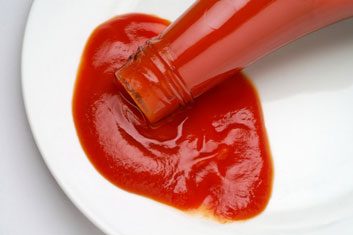
Condiments
Keep a large selection of low-fat, fat-free or low-sugar condiments on hand to add flavour to your dishes, including Dijon mustard, mayonnaise and salsa. Also keep a few low-sodium, sugar-free pickle choices in the fridge, such as garlic dill pickles, sauerkraut and pickled asparagus.
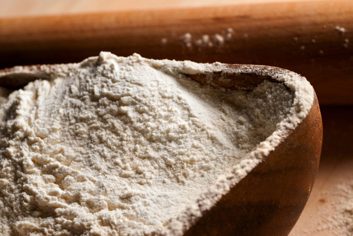
Whole-wheat flour
It has almost four times more fibre, two times more calcium, six times more magnesium and four times more zinc than enriched white flour. Storing it in the fridge prevents it from going rancid.
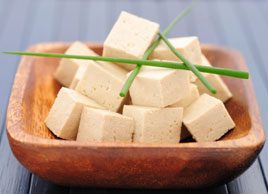
Tofu
Look for tofu with calcium sulphate: One serving (150 g) of medium-firm tofu has about 345 g of calcium, about the same as 1 cup of skim milk.
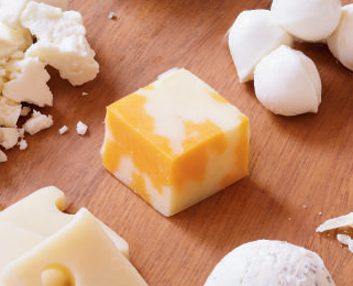
Cheese
Go for low-fat cheese or cheese sticks, as well as parmesan to add flavour. Swiss cheese offers more calcium per slice than either cheddar or monteray jack.
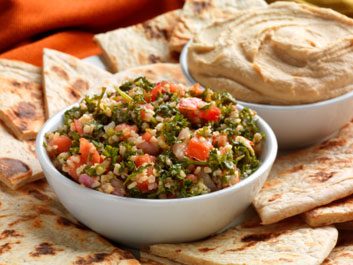
Hummus
A healthy, vegetarian-friendly, low-fat dip or spread made from chickpeas. Serve with pita or veggies.
Related
• 15 guilt-free snack ideas
• Top 20 winter foods for weight loss
• 8 foods for a flat belly
